Somewhere in the center of the new Bucharest Red Light district – the so-called Old Town – and behind black windows, there is a continuous reconfiguration for a month now of possible relationships between art, culture and language at Atelier 35. This is the first project curated by Xandra Popescu and Larisa Crunțeanu that I got to see in its totality and it also coincided with a show at Salonul de Proiecte which appears to be – even though it isn’t – on the same topic; Working from Language by Ciprian Mureșan and Enric Fort Ballester was already reviewed by Iulia Popovici for ARTA magazine. For starters, I would like to discuss the way in which the project at Atelier 35 has been conceived: art show + performance by Adriana Gheorghe + a talk by Marcus Steinweg; it is a program in which the notion of dialogue, an exchange between artists and practices is already evident, even though I think that the real dialogue is not where you would expect it to be. I will explain.
First of all, the exhibition Goodbye Language is based on Deleuze and Guattari’s question on how one can make minor literature, taken in the sense that art should become the minor of culture. Culture, as seen by the two curators, is a set of methods by which the individual or collective language (dialogue, gestures, actions, decisions,…) becomes a script with a fixed interpretation, incapable of holding any real meaning. This is why the artists were selected based on their working method and not on some overarching theme, a method that they interpret as a destabilization of culture-code, through reinvesting language as art.
At close range, all the work appears to dabble in 70s problematics. But the big picture quickly demonstrates that these problematics have been filtered through recent theories, especially object-oriented ontology – as is the case with the two artists that form The Melodramatic Bureau, Alina Popa and Irina Gheorghe, who present their work separately – but also a mix of queer theory, cyborg theory and new theories of narrativity that have been infusing the contemporary art world in the 2000s. The two videos by Tomas Svoboda and Zbynek Baladran – one a white background and black subtitles that tell an indeterminate extreme situation story, the other one a black background with white subtitles that try to define a sublime situation – become emblematic for the strives of contemporary artists to overcome modern subjectivity and put forward a type of resistance, no matter how fragile. These two works were, for me, a subtle catalyst for elaborating my own stance, but I think that this idea isn’t taken to its conclusion and could easily be redeemed from an aesthetic point of view. Interestingly enough, Steinweg mentioned in his talk on the 26th of June that he appreciates art that isn’t finished because it highlights the inconsistency of the world. Viewing the two works with this statement in mind, I would say that Steinweg’s vision is too romantic to help understand the works – on the contrary, I think that revealing inconsistency is a process that needs to be finished in order for the work to make sense for someone other than the artist.
The two installations by Alina Popa and Irina Gheorghe are more convincing. Irina’s work is the most colorful throughout the show – 4 videos made in the very photogenic Nida Art Colony, in which the artist uses sign language to communicate with metal structures on the beach near the building of the art institution. Knowing the Bureau’s affinity for speculative realism, I couldn’t help but read this work from this theory set perspective. This is the work that reminded me the most about the 70s experiments, Bas Jan Ader or one of my favourite projects, Jan Dibbets’s diagrammatic landscapes. Visually and conceptually we find ourselves in the area of deconstructing and confronting the world through language, of trying to assimilate the artist’s subjectivity in the world language that could finally be fully understood from a non-human perspective. Irina takes the thread that the artists in the 70s dropped, forgotten in time for 30 years, and unravels it in the company of theorists who think that language is not the model of the world anymore, as structuralists put forward, but is one of the coordinates to leaving the human sphere.
Alina Popa also works with some, if not all, of the conceptualists’ preferred categories: charts, mind maps, drawings, maps, schemes. Her work shows the drafting of a series of charts that clearly explores the issue of how it happens that something comes from nothing. I recently attended one of the artist’s performances at CNDB where this question was asked through movement combined with dialogue-description, and I could say that in both cases the naive as well as the direct tone work well. What Alina really proposes, without demonstrating, is that language exists beyond nothing and something, a poetic speculation which has the immediate effect of straining concept to reality, tearing it apart in layers which lose their consistency and no longer correspond to the human concept of reality. The most clear dialogue in the exhibition took place when Adriana Gheorghe conducted a performance at Atelier 35, in which, playing her own fragile naive self, she tried to communicate a personal experience to the public. The nothing and the something in Alina’s work became just something: a certain statement made by someone who can never reach anyone else. Does the statement become nothing? – much like in „Hiroshima mon amour”, where He tells Her as a leitmotif, “Tu n’as rien vu à Hiroshima”, “You haven’t seen anything at Hiroshima”, meaning that the protagonist’s personal drama, no matter how real, could never be as real as the Hiroshima event. By introducing narrative, Adriana’s performance adds a temporal coordinate to the issue of reality that Alina proposes, with a more dramatic and less abstract result: language enabled the creation of a strong bias, even though impossible to reveal directly, and in the end it remained a secret that her work fully refuses. Faced with the reality that the contemporary context has turned into a full-on Hiroshima, Adriana leaves room for the secret of subjectivity, while Alina, denying it, places herself in a position infinitely weaker and less desirable. Xandra and Larisa propose a counterpoint to these internal struggles, discretely using an episode of “The Twilight Zone” which narrates a day in the life of a salesman for whom the world becomes confusing once the people around him start using words in a strange way. A casual introduction to those questions full of anguish running through the exhibition.
On a careful reading, the exhibition is a permanent dialogue, both amongst the works and between the works and spectator, who is approached and whose reality is permanently questioned. I was expecting philosopher Marcus Steinweg to put forward a genuine discussion on these topics, but the event turned out to be a failure, especially since the protagonist did not accept dialogue. Instead, he built a position of superiority which was obviously unacceptable. Steinweg announced that he will talk about the relationship between art and philosophy, a subject that was not addressed because its premise was, in my opinion, wrong: the two concepts were treated as eternal and universal categories, in a typical modernist view that was exceeded in practice, at least since the advent of contemporary art, which is now no longer a discipline but a grid for reading various disciplines (as I mentioned in an intervention at the end of the discussion, contemporary art reads literature as art writing, music as sound art, theatre as performance, etc). Steinweg only proved that philosophers do not understand art, a category that has a history, and the current definition of which must be the premise for a comparison of the proposed type. Therefore, the project’s guiding theme – lanuage – received an obsolete and backward illustration through the intervention of Steinweg – which, of course, only highlighted the exhibition’s wit, as the artists in it already work at the boundary between art and philosophy, without asking for the philosopher’s permission. Maybe it’s a rough and short conclusion but: art vs. philosophy: 1-0.
Goodbye Language is at Atelier 35 between 24 June – 26 July 2015.
Artists: Zbyněk Baladrán, Irina Gheorghe, Alina Popa, Tomáš Svoboda.
25 June 2015, Atelier 35 – Performance by Adriana Gheorghe.
26 June 2015, Salonul de Proiecte – Talk by Marcus Steinweg.
POSTED BY
Cristina Bogdan
Founder and editor-in-chief, between 2014-19, of the online edition of Revista ARTA. Co-founder of East Art Mags, a network of contemporary art magazines from eastern and Central Europe. Runs ODD, a s...
www.evenweb.org

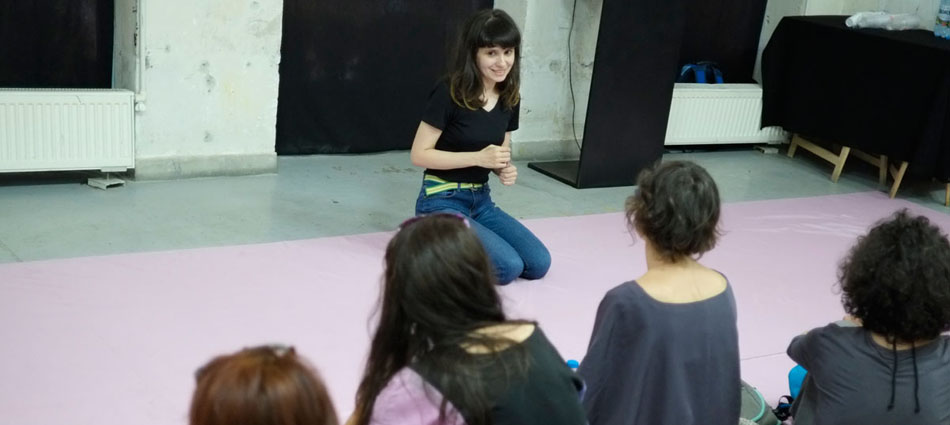
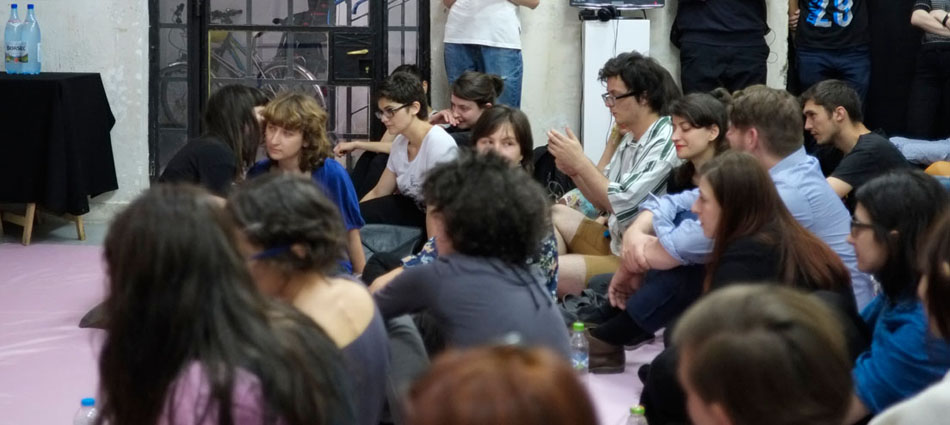
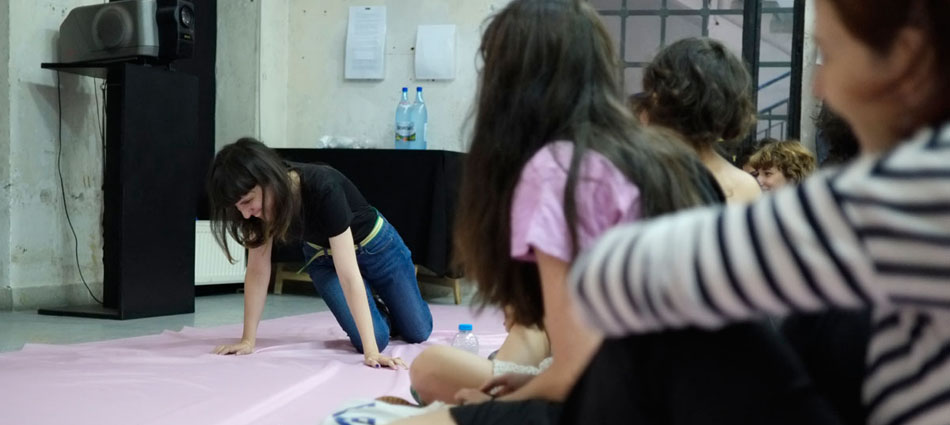
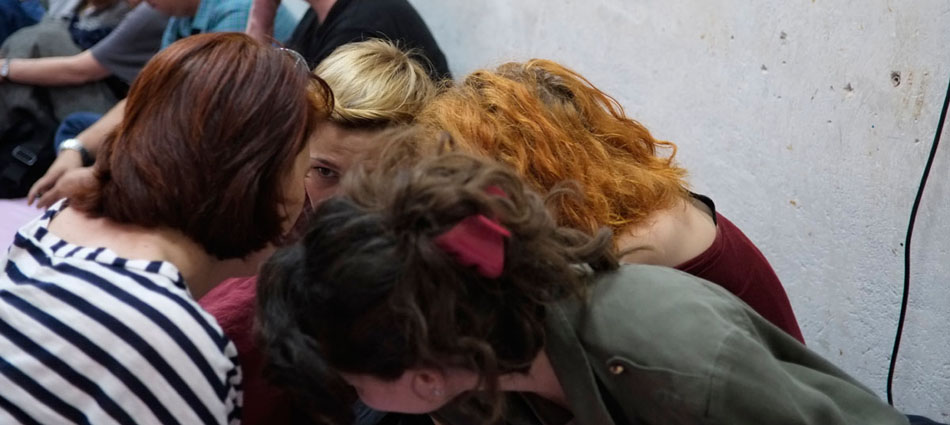
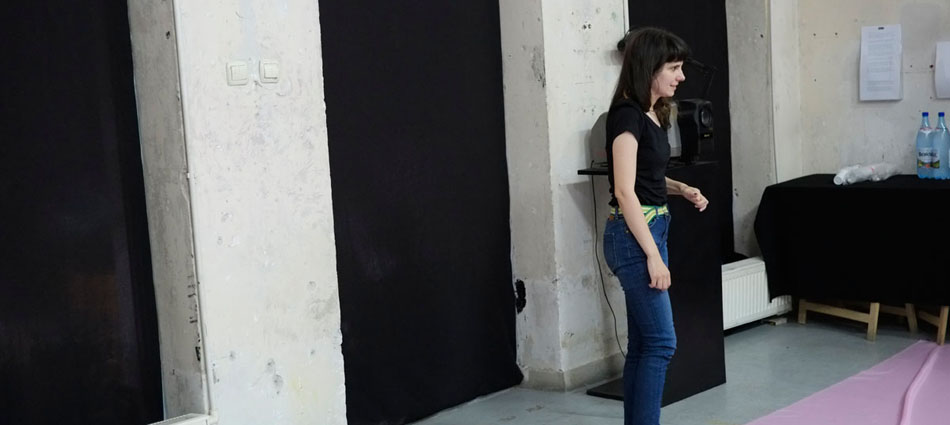
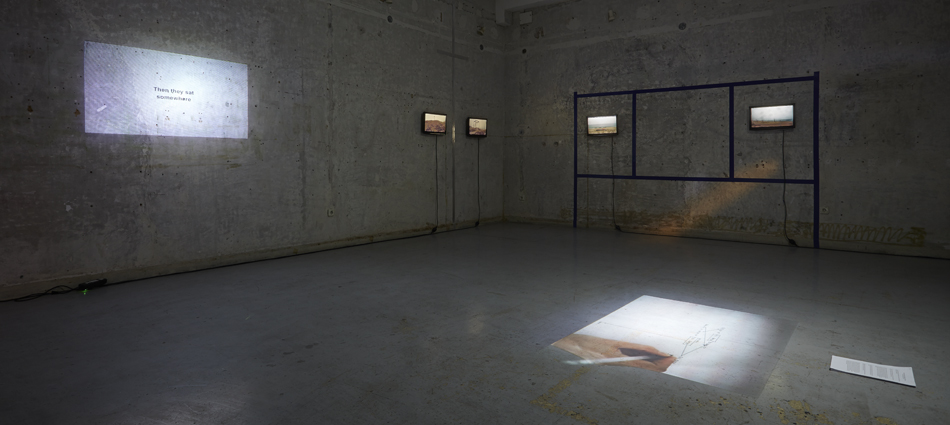
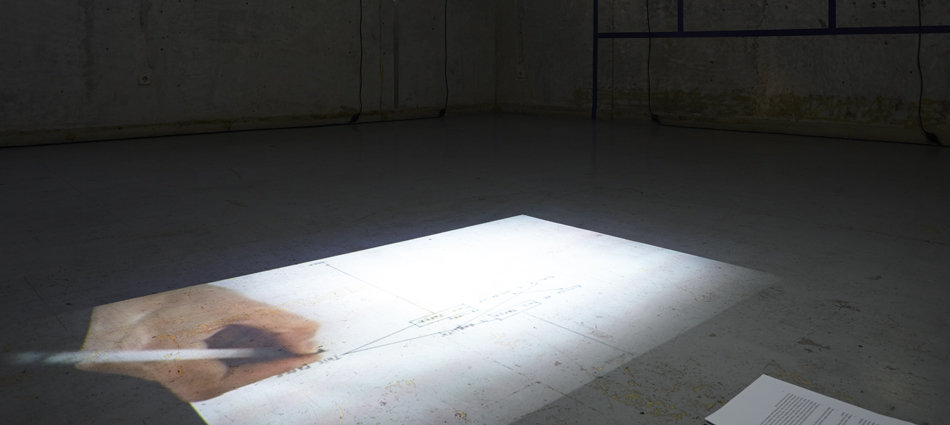
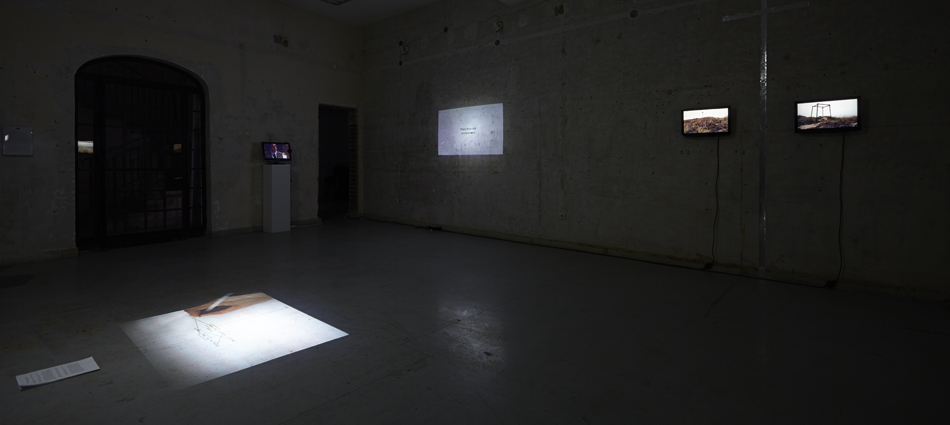
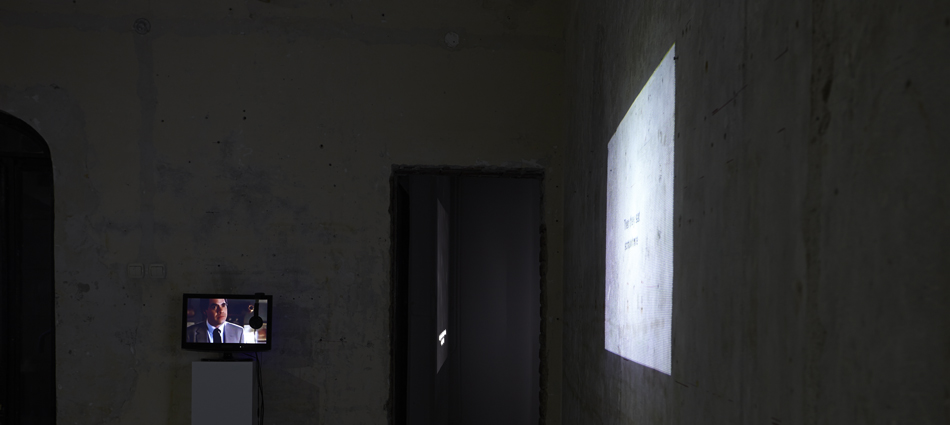
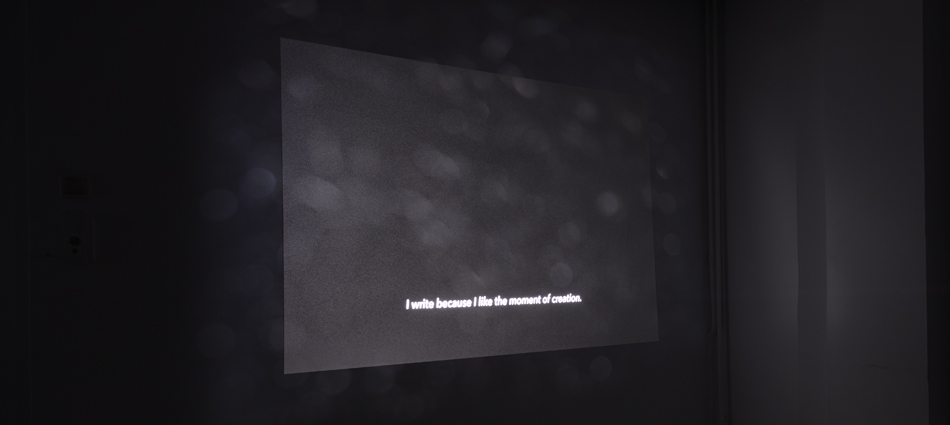
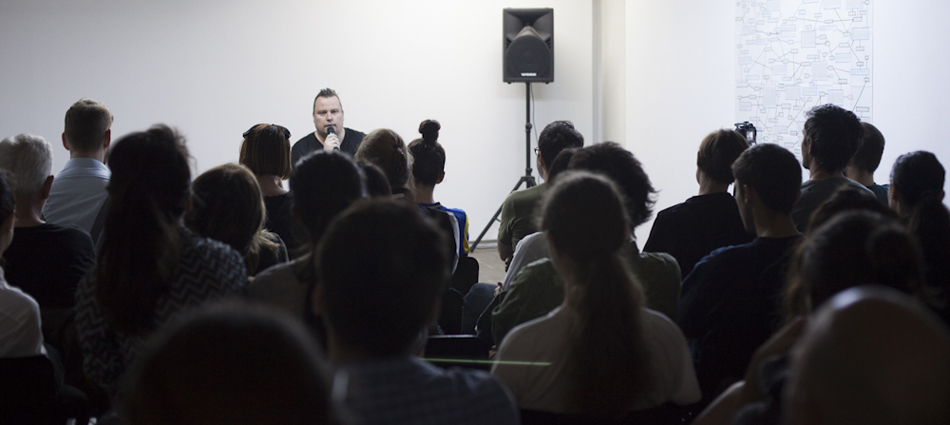
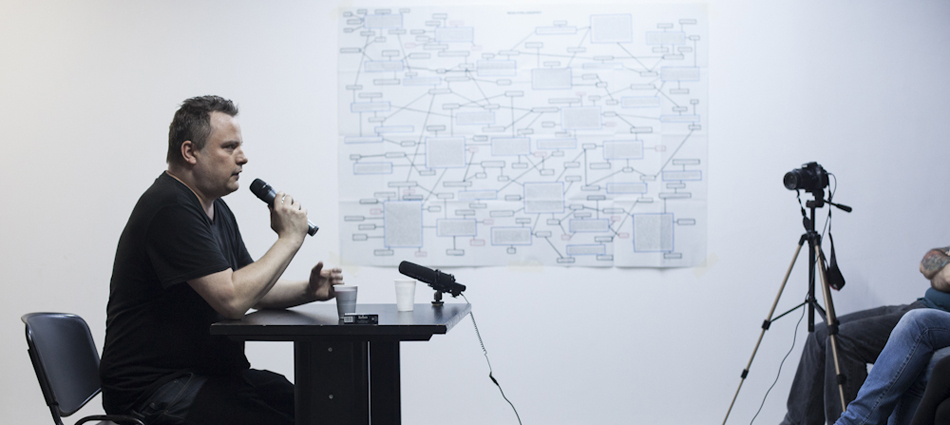
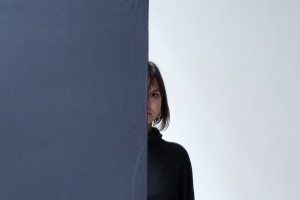
Comments are closed here.